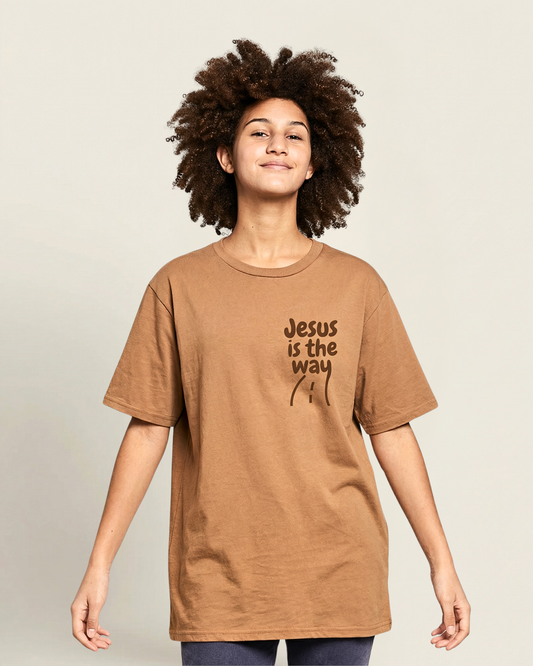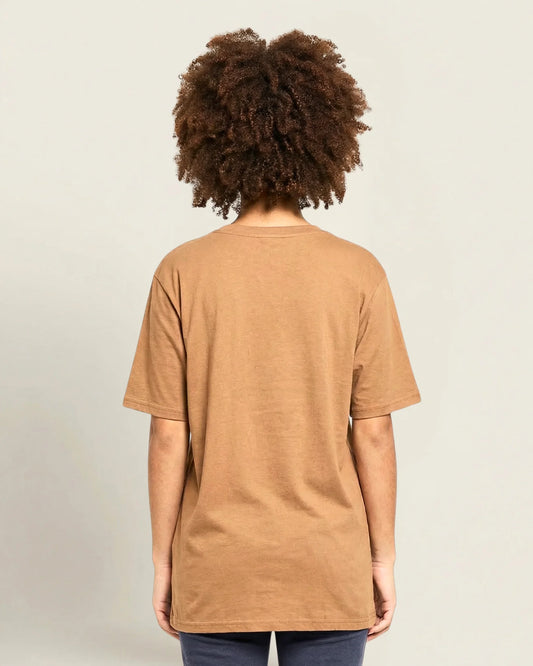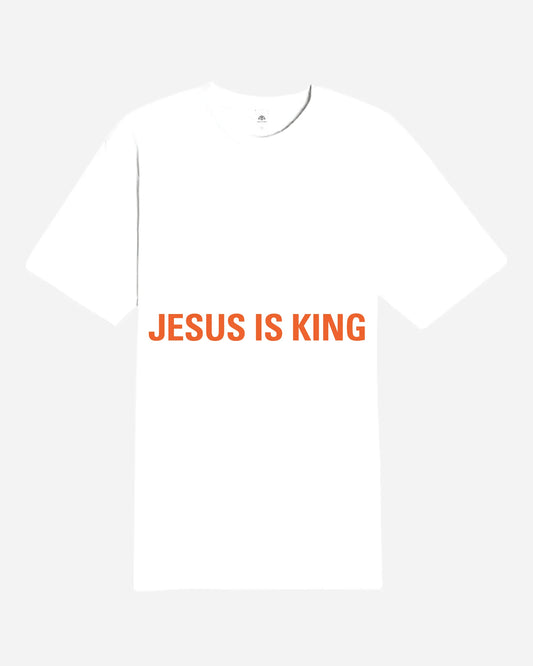Table of content
Definition of GSM
GSM is a critical term in the fabric industry that measures material density. It calculates the weight in grams for a square meter of fabric, providing key insights into thickness, durability, and overall garment quality.
Picking the ideal GSM (grams per square meter) for hoodies requires precision and analysis of your market and customer needs. Understanding the technical aspects of GSM helps you make the best choice of fabric.
For example: for a heavyweight, cozy feel, a GSM of 400 to 500 is recommended, and for a lighter, more breathable option, especially in warmer weather, a GSM of 200 or 300 may be more appropriate.

The weight directly correlates with perceived quality - when consumers touch a hoodie, they instinctively associate fabric weight with product value. Different GSMs cater to varied market segments and consumer needs. Warmer climates demand lightweight hoodies, while colder regions prefer heavyweight versions for additional insulation.
A Quick Overview of GSM Ranges
| GSM Range | Characteristics | Applications |
| Up to 250 GSM | • Lightweight • Breathable • Quick-drying |
• Summer wear • Activewear • Layering |
| 250-350 GSM | • Moderate weight • Good insulation • Versatile |
• Casual wear • Transitional seasons • Everyday use |
| 350-450 GSM | • Heavyweight • High warmth • Durable |
• Winter gear • Layering • Outdoor activities |
| 450+ GSM | • Extra heavyweight • Maximum insulation • Very durable |
• Extreme cold wear • Professional use • Luxury collections |
Lightweight Hoodies (Up to 250 GSM)

Characteristics
Lightweight hoodies, with GSM up to 250, offer unique traits that stand out. Their softness and flexibility make them ideal for daily comfort. Slipping into one brings a gentle embrace, with soft fabrics like cotton blends and polyester feeling just right against your skin.
Breathability is crucial in lightweight fabrics. Cotton blends and polyester allow airflow, keeping you cool on hot days or during light exercises. The light insulation makes them perfect for warmer climates and year-round wear. This comfort factor explains the popularity of hoodies among teenagers and young adults.
Ideal Use Cases
- Casual outings: Lightweight hoodies are versatile staples, providing comfort without bulk for everyday wear.
- Summer evening activities: Offer warmth without overheating, making them perfect for beach bonfires and late-night strolls.
- Indoor air-conditioned environments: Provide comfort in colder indoor spaces and easily mix with other summer clothing.
Fabric Recommendations
The right fabric ensures the ideal combination of comfort and performance for a lightweight hoodie. Here are some recommended fabrics that excel in these areas:
- Cotton and polyester blend: Provides excellent moisture-wicking properties, drawing moisture away from the skin to keep you dry and comfortable. These blends can wick moisture up to 30% faster than pure cotton.
- Thin jersey knits: Characterized by stretchability and velvety softness, these fabrics are perfect for everyday wear. They offer versatility for styling, making them suitable for both formal events and casual outings.
- Performance synthetic materials: Durable and long-wearing, these fabrics enhance athletic performance, providing support and flexibility for sports and training. According to a sports apparel market report, performance synthetic materials are expected to grow at a CAGR of 5.8% from 2021 to 2026.
Mid-weight Hoodies (250-350 GSM)

Characteristics
Mid-weight hoodies (250-350 GSM) offer balanced warmth and breathability, ideal for transitional seasons. They're versatile for indoor lounging and outdoor activities, easily transitioning from casual to semi-formal wear. Supple textures and relaxed fits for all-day wear. 75% of consumers indicate they prioritize comfort over style (Fashion Institute of Technology, 2023)
These hoodies provide comfort in changing temperatures, suitable for various climates as standalone or layering pieces. Their versatility allows for day-to-evening wear and quick temperature adjustments.
Ideal Use Cases
- Versatile Wear: Mid-weight hoodies excel in spring and fall, offering adaptability for casual day-to-day activities, light outdoor sports, and professional environments.
- Spring and autumn outdoor activities: Perfect for hiking and picnicking during fluctuating temperatures; easily layered with light jackets for added warmth.
- Casual everyday wear: Ideal for coffee dates, weekend outings, and running errands; can be styled casually with jeans and sneakers or dressed up with stylish accessories.
Fabric Recommendations
Fabric selection plays a key role in mid-weight hoodies:
- Cotton-polyester blends: Combine comfort and resilience with moisture-wicking properties, making them durable and wrinkle-resistant for everyday wear.
- French terry fabrics: Known for their soft texture, these fabrics offer versatility and comfort, suitable for both indoor and outdoor use.
- Brushed interior: Adds softness and warmth, enhancing comfort against the skin, especially in cooler climates.
Heavyweight Hoodies (350+ GSM)

Characteristics
Heavyweight hoodies have a GSM around 350, giving them a plush, hefty feel. They use dense materials like thick fleece, French terry, and wool blends, ideal for harsh climates or winter outdoor activities. The thick fabric provides luxury, thermal insulation, and durability, making them popular among consumers valuing functionality and style.
Ideal Use Cases
- Cold-weather environments: Heavyweight hoodies excel in winter activities, snow sports, and outdoor work, providing insulation and protection while allowing freedom of movement.
- Winter outdoor activities: Perfect for skiing, snowboarding, winter hiking, ice skating, sledding, and snowshoeing; they keep you warm and mobile while easily layering with other gear.
- Cold weather layering: Great as a mid-layer; pair well with various jackets and coats for a sleek, warm winter look.
Fabric Recommendations
Choose fabrics based on warmth, comfort, and durability needs:
- Fleece-lined materials: Soft, plush texture with great thermal properties.
- Heavyweight cotton: Breathable and comfortable for all-day wear.
- Wool blends: Excellent warmth without compromising softness.
- Thermal knit fabrics: Good heat retention, suitable for layering.
Practical Tips for Selecting the Perfect Hoodie GSM

Conducting Fabric Testing
You can assess GSM using tools like fabric scales and thickness gauges to measure weight and thickness. Performance testing methods, such as wear and tear tests, evaluate the fabric's ability to withstand daily use while retaining its shape.
Partnering with textile professionals can provide in-depth fabric assessments that help you make informed decisions aligned with your hoodie design and target market needs.
Collaborating with Manufacturers
Strong relationships with manufacturers can lead to innovation. They may introduce new fabric technologies or trends that give your hoodies a competitive edge. Collaborating closely allows experimentation with different blends, such as a 60/40 cotton-polyester blend for comfort or a 70/27/3 polyester-cotton-elastane blend for all-over prints.
Analyzing Market Trends and Consumer Preferences

Staying updated on market trends and consumer preferences is key in the fast-changing fashion environment. For example, many consumers prefer luxurious wool hoodies, despite higher production costs.
Consumer feedback is invaluable for understanding fabric preferences. A 65/35 or 80/20 cotton blend may be necessary for vibrant prints, while cotton-poly blends are favored for compatibility with custom designs like screen printing.
Utilizing Technical Resources
Organizations like ASTM International provide guidelines that ensure material quality and consistency, crucial for customer satisfaction.
Online databases and textile guides offer extensive details about various fabric properties, helping you compare materials effectively. Whether considering a cotton-polyester blend for comfort or a fabric suited for bold prints, these resources equip you with the knowledge to make informed decisions.














